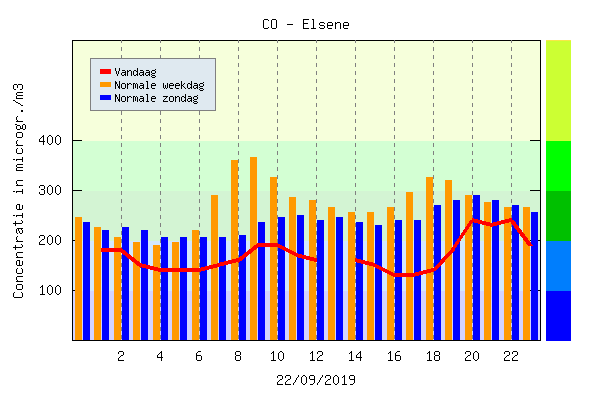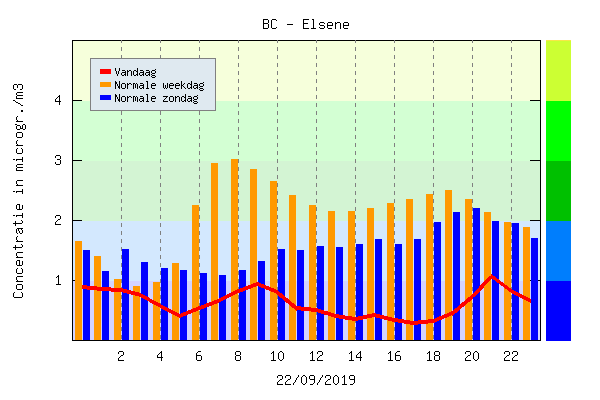
Air Pollutants Drop by almost 80% on Car-Free Sunday in Brussels
Sunday 22 September was the World Car-Free Day, a special recurrence meant to help citizens understand what their city could look and feel like, if cars were banned. Coming at the end of the European Mobility Week, it was the peak event of the largest campaign on sustainable mobility in the world. And data shows how much private motorised impacts the liveability of European cities.
Brussels is usually known for heavy traffic, but on Sunday there was no car in sight. Brussels celebrated the car-free day by closing all of its 19 municipalities to private motor vehicles. Buses and taxis were limited to 30 km/h.
From 9.30 am to 7 pm, the citizens of Brussels brought life back in the city's usually car-congested streets. Children, adults, and elderly people flooded urban areas, eager to be active and full of ideas about how to use public space. For example, over 800 people enjoyed breakfast together in the middle of Rue de la Loi.
Usually, road traffic is the main cause of pollution in Brussels. On Sunday 22nd of September, the statistics showed a very different picture. Nitrogen dioxide (NO2 ) and diesel soot, the main pollutants caused by car traffic, dropped by 70 to 80% in just one day.
The following graphs show a comparison of Nitrogen Dioxide, Carbon Monoxide(CO) and Black carbon levels on the Car-free Sunday, a regular Sunday and a regular weekday in Ixelles.
Over the course of the day, concentrations of NO2 decreased to about 1/5 of a typical Sunday:

CO concentrations halved between 4 pm and 6 pm:

Black Carbon Concentrations:

What about the other 364 days of the year?
As soon as cars streamed back into the streets of Brussels, pollution levels quickly increased to their average rates.
Air pollution is the single largest environmental health risk in Europe, causing around 400,000 premature deaths per year. Cities are regularly confronted with alarmingly high levels of pollution. All graphs show critical levels of pollution on weekdays. For example, the current guidelines by WHO and European Commission state that NO2 levels should not exceed an annual mean of 40 μg/m3. On weekdays, NO2 levels regularly exceed this limit in Brussels and reach numbers as high as 66 μg/m3. In 2018, the annual mean of Nitrogen Dioxide amounted to 56 µg/m3 in the centre of Brussels
On September 23rd, 2019, the city of Brussels declared a state of climate emergency to make the region climate neutral by 2050.
Drastically reducing private car use in urban centres would have a huge beneficial effect and make climate neutrality achievable.
Some European cities have banned through traffic from their urban centres and are now reaping the benefits. For example, in Leuven cycling levels increased by 32% within one year and the concentration of black carbon fell by as much as 2,5 times in certain areas.
Regions:
News category:
Contact the author
Recent news!
Upcoming events
Contact Us
Avenue des Arts, 7-8
Postal address: Rue de la Charité, 22
1210 Brussels, Belgium









